Red List Partnership
Initially formed in 2000 (as the ‘Red List Consortium’), the Red List Partnership provides support for The IUCN Red List and the wider biodiversity assessments initiative (see Red List Partnership Agreement for details).
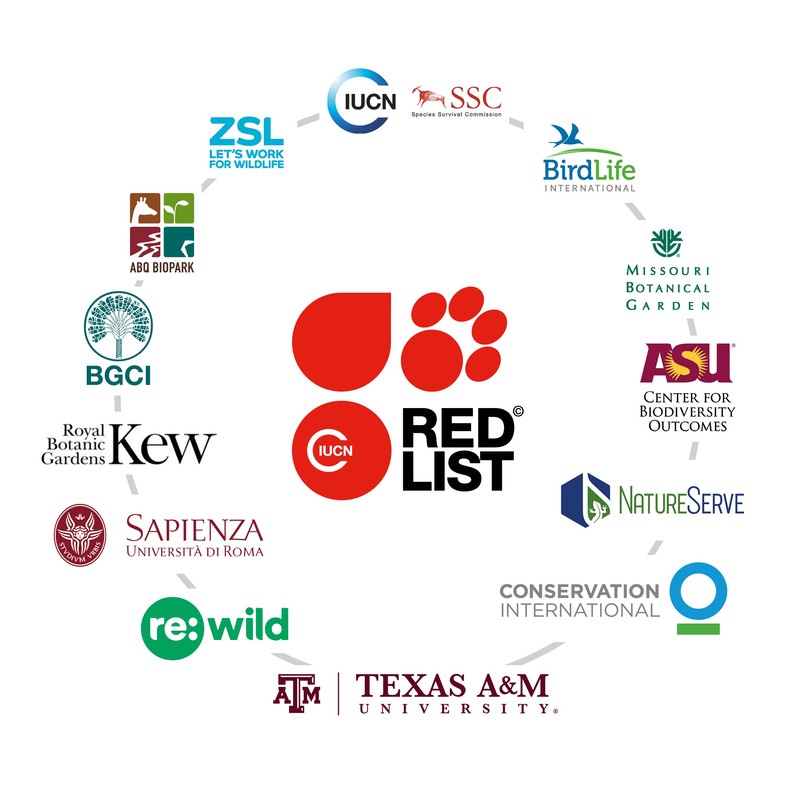
The production of The IUCN Red List of Threatened Species™ is made possible through the active participation of the Red List Partners and their respective networks. As a result, the growing number of species included on the Red List represents an enormous investment of time, expertise and financial resources by a large number of individuals and organizations. IUCN gratefully acknowledges the contributions, dedication and commitment from its Partners and the extensive network of people who make the production of The IUCN Red List possible.
The Red List Partnership currently involves the following organizations:
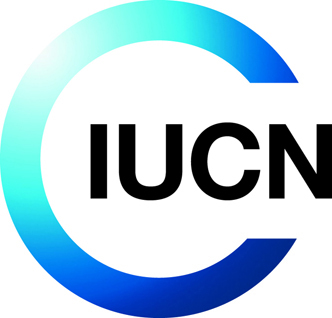 |
IUCN, International Union for Conservation of Nature helps the world find pragmatic solutions to our most pressing environment and development challenges by supporting scientific research; managing field projects all over the world; and bringing governments, NGOs, the UN, international conventions and companies together to develop policy, laws and best practice. The world's oldest and largest global environmental network, IUCN is a democratic membership union with more than 1,000 government and NGO member organizations, and over 13,000 volunteer scientists and experts in some 160 countries. IUCN's work is supported by over 1,000 professional staff in 60 offices and hundreds of partners in public, NGO and private sectors around the world. IUCN's headquarters are located in Gland, near Geneva, in Switzerland. For more information, visit their website, or follow them on Twitter (@IUCN) or Facebook. |
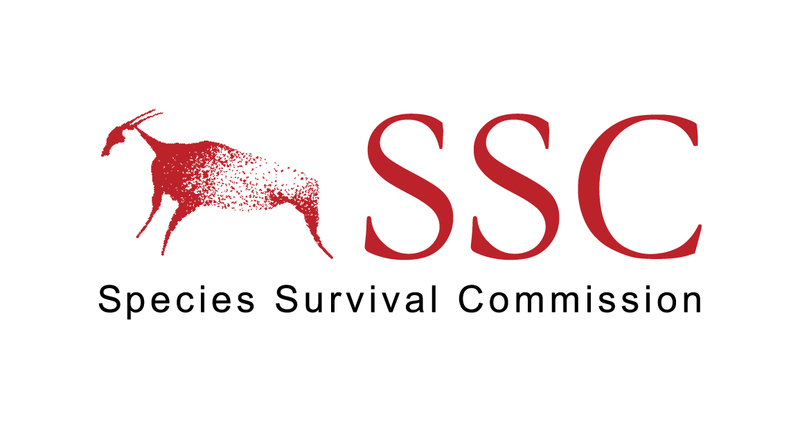 |
The Species Survival Commission (SSC) is the largest of IUCN’s six volunteer commissions with a global membership of more than 7,500 experts. SSC advises IUCN and its members on the wide range of technical and scientific aspects of species conservation, and is dedicated to securing a future for biodiversity. SSC has significant input into the international agreements dealing with biodiversity conservation. For more information, visit the SSC pages on the IUCN website, or follow them on Twitter (@IUCNssc). |
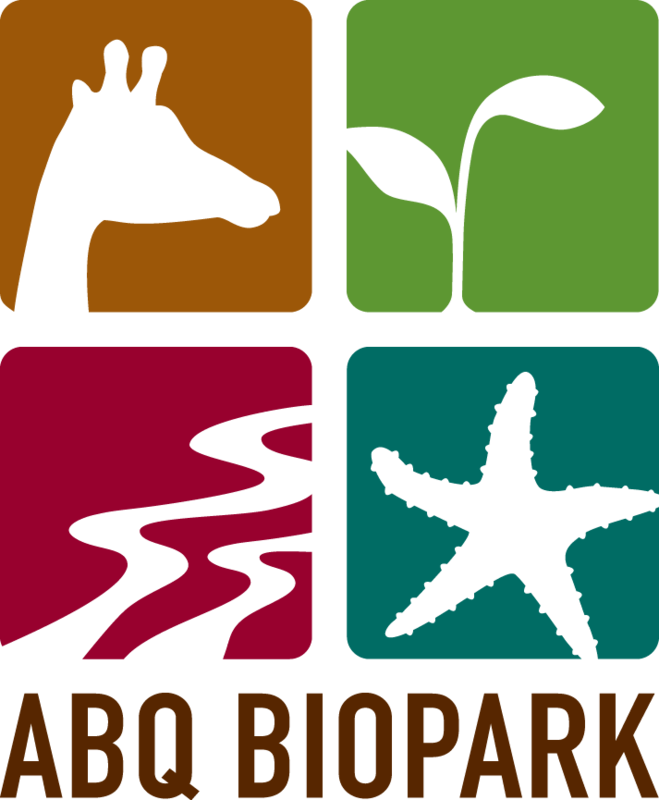 |
Located along the Rio Grande River near downtown Albuquerque, New Mexico (USA) the ABQ BioPark consists of: The ABQ BioPark Zoo, Botanic Garden, Aquarium and Tingley Beach. Welcoming more than 1.3 million visitors per year, we are the top tourist destination in the state of New Mexico and a critical resource for education and conservation in the US Southwest. Through captive breeding programs, large-scale freshwater fish rearing and reintroduction, habitat restoration initiatives, and seed banking, ABQ BioPark is committed to building sustainable conservation initiatives that benefit New Mexico and the world. ABQ BioPark supports conservation measures though the Assess, Plan, Act model by contributing directly to research, providing technical and logistical support for the IUCN SSC, and engaging in direct conservation. For more information, visit their website, or follow them on Twitter (@abqbiopark), Facebook or Instagram. |
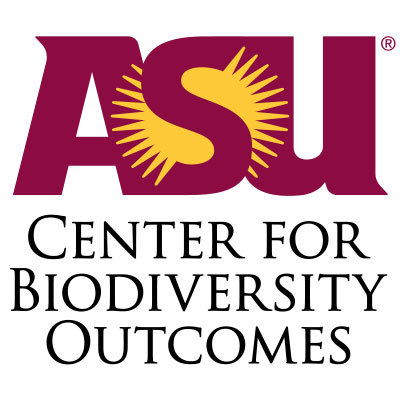 |
Ranked #1 in the U.S. for innovation, Arizona State University (ASU) is a new model for American higher education, combining academic excellence, entrepreneurial energy and broad access. It serves more than 70,000 students in metropolitan Phoenix, Arizona (USA). ASU champions intellectual and cultural diversity, and welcomes students from all fifty states and more than one hundred nations across the globe. ASU’s Center for Biodiversity Outcomes (CBO) is a partnership between the Julie Ann Wrigley Global Institute of Sustainability (GIOS) and the School of Life Sciences (SoLS) via partnerships with NGO’s, companies, and governmental organizations. For more information, visit their website or follow them on Twitter (@biodiversityasu). |
 |
BirdLife International the world’s largest nature conservation partnership, uniting over 100 national partners worldwide. Through our unique local-to-global approach, we deliver high impact and long-term conservation for the benefit of nature and people. As the official authority for birds for the IUCN Red List, BirdLife coordinates the process of evaluating all of the world’s bird species against the Red List categories and criteria. For more information, visit their website or follow them on follow them on Twitter (@BirdLife_News) or Facebook. |
 |
Botanical Gardens Conservation International (BGCI) is an international organisation that exists to ensure the world-wide conservation of threatened plants, the continued existence of which are intrinsically linked to global issues including poverty, human well-being and climate change. BGCI represents over 700 members – mostly botanic gardens – in 118 countries. We aim to support and empower our members and the wider conservation community so that their knowledge and expertise can be applied to reversing the threat of extinction crisis facing one third of all plants. For more information, visit their website or follow them on Twitter (@bgci). |
 |
Building upon a strong foundation of science, partnership and field demonstration, Conservation International (CI) empowers societies to responsibly and sustainably care for nature, our global biodiversity, for the long term well-being of people. Founded in 1987 and marking its 25th anniversary in 2012, CI has headquarters in the Washington DC area (USA), and 900 employees working in nearly 30 countries on four continents, plus 1,000+ partners around the world. For more information, visit their website or follow them on Twitter (@ConservationOrg) or Facebook. |
 |
Founded in 1859, the Missouri Botanical Garden (MBG) is the oldest continuously operating botanical garden in the USA and a National Historic Landmark. MBG is a center for botanical research, conservation, and science education. The information contained in the MBG herbarium, one of the world’s largest, and in the TROPICOS® database, coupled with broad staff expertise in systematics and ecology, support a wide array of conservation activities conducted by members of the Science & Conservation Division, including basic and applied research, conservation of important groups such as orchids, the management of a dozen community-based conservation sites in Madagascar, and risk of extinction assessments, all of which form part of MBG’s contribution to the IUCN Red List Partnership. For more information, visit their website or follow them on Twitter (@mobotgarden) or Facebook. |
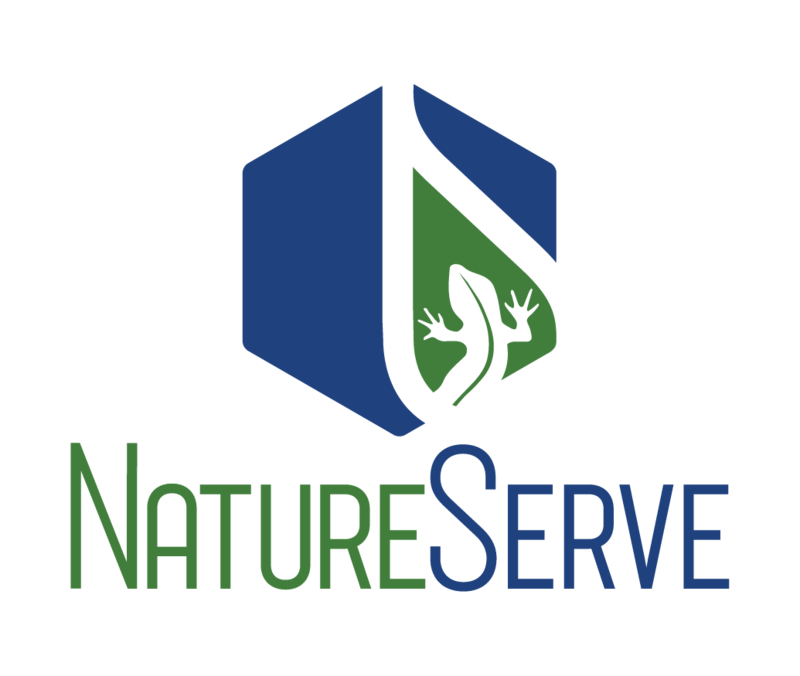 |
NatureServe is a non-profit conservation organization dedicated to providing the scientific basis for effective conservation action. Through its network of 82 natural heritage programs and conservation data centres in the United States, Canada, and Latin America, NatureServe provides a unique body of detailed scientific information and conservation biodiversity expertise about the plants, animals, and ecosystems of the Americas. For more information, visit their website or follow them on Twitter (@natureserve) or Facebook. |
 |
Re:wild protects and restores the diversity of life on Earth through innovative collaborations among individuals, communities, Indigenous peoples, governments, scientists, and businesses to drive the most pressing nature-based solutions to our planet's urgent crises. Radical change requires radical collaboration. For more information, visit their website or follow them on Twitter (@rewild) or Facebook. |
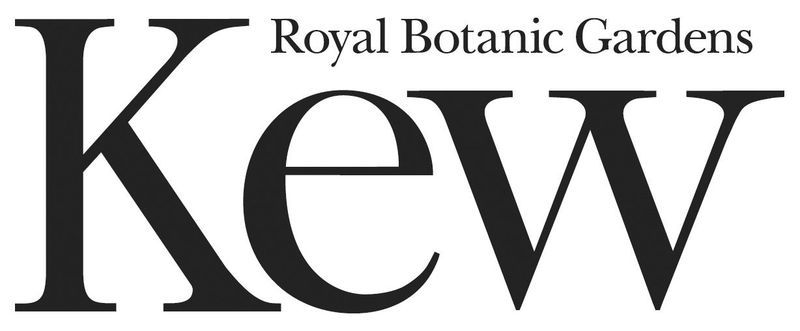 |
The Royal Botanic Gardens, Kew (RBG Kew) is a world famous scientific organization, internationally respected for its outstanding collections as well as its scientific expertise in plant diversity, conservation and sustainable development in the UK and around the world. Kew Gardens is a major international visitor attraction. Kew's 132 hectares of landscaped gardens, and Wakehurst (Kew’s Wild Botanic Garden), attract over two million visitors every year. Kew was made a UNESCO World Heritage Site in July 2003 and celebrated its 250th anniversary in 2009. Wakehurst is home to Kew's Millennium Seed Bank, the largest wild plant seed bank in the world. Kew’s scientific work spans more than 100 countries and involves over 400 collaborating institutions worldwide. For more information, visit their website, or follow them on Twitter (@kewgardens) or Facebook. |
 |
With over 700 years of history and 145,000 students, Sapienza is the largest University in Europe, the second in the world after El Cairo: a city within the city. The University includes 11 faculties and 67 departments. In Sapienza there are over 4,500 professors, and 5,000 administrative and technical staff. Sapienza offers a wide choice of courses including 300 degree programs and 200 specialized qualifications. Students coming from other regions are over 30,000 and the foreign students are over 7,000. Sapienza plans and carries out important scientific investigations in almost all disciplines, achieving high-standard results both on a national and on an international level. Professor Luigi Frati has been the Rector of Sapienza University since November 2008. For more information, visit their website, or follow them on Twitter (@RicercaSapienza) or Facebook. |
 |
The Senckenberg Society for Nature Research (Senckenberg Gesellschaft für Naturforschung), a research institute within the German Leibniz Association, has studied the "Earth System" on a global scale for over 200 years – in the past, in the present, and into the future. The 12 Senckenberg institutes and sites across Germany conduct integrative "geobiodiversity research" with the goal of understanding nature with its near infinite diversity, so we can preserve it for future generations and use it in a sustainable fashion. In addition, Senckenberg presents its research results in a variety of ways, first and foremost in its three natural history museums in Frankfurt, Görlitz, and Dresden. The Senckenberg natural history museums are places of learning and wonder and serve as open platforms for a democratic dialogue – inclusive, participative, and international. For additional information, visit their website, or follow them on a variety of social media channels. |
 |
From humble beginnings in 1876 as Texas' first public institution of higher learning, to a bustling 5,200-acre campus with a nationally recognized faculty, Texas A&M University (TAMU) is one of a select few universities with land-grant, sea-grant and space- grant designations. With an enrolment of about half men and half women, 25 per cent of the freshman class are the first in their family to attend college. Here, 39,000-plus undergraduates and more than 9,400 graduate students have access to world-class research programs and award-winning faculty. Texas A&M has two branch campuses, one in Galveston, Texas (USA), and one in the Middle Eastern country of Qatar. This research-intensive flagship university with 10 colleges was recently ranked first in the nation by Smart Money magazine for "pay-back ratio" (what graduates earn compared to the cost of their education). The 2011 U.S. News and World Report ranked Texas A&M second nationally in their "Great Schools, Great Prices" category among public universities and 22nd overall. Many degree programs are ranked among the top 10 in the country. For more information, visit their website, or follow them on Twitter (@TAMU) or Facebook. |
 |
ZSL (Zoological Society of London) is an international conservation charity working to create a world where wildlife thrives. From investigating the health threats facing animals to helping people and wildlife live alongside each other, ZSL is committed to bringing wildlife back from the brink of extinction. Our work is realised through our ground-breaking science, our field conservation around the world and engaging millions of people through our two zoos, ZSL London Zoo and ZSL Whipsnade Zoo. For more information, visit their website, or follow them on Twitter (@OfficialZSL) or Facebook. |
Institutions that are potentially interested in joining the Red List Partnership should look very carefully at the Partnership Agreement to understand all the rights and obligations, etc. We invite any institutions interested in becoming a Red List Partner to contact us via redlist@iucn.org.
